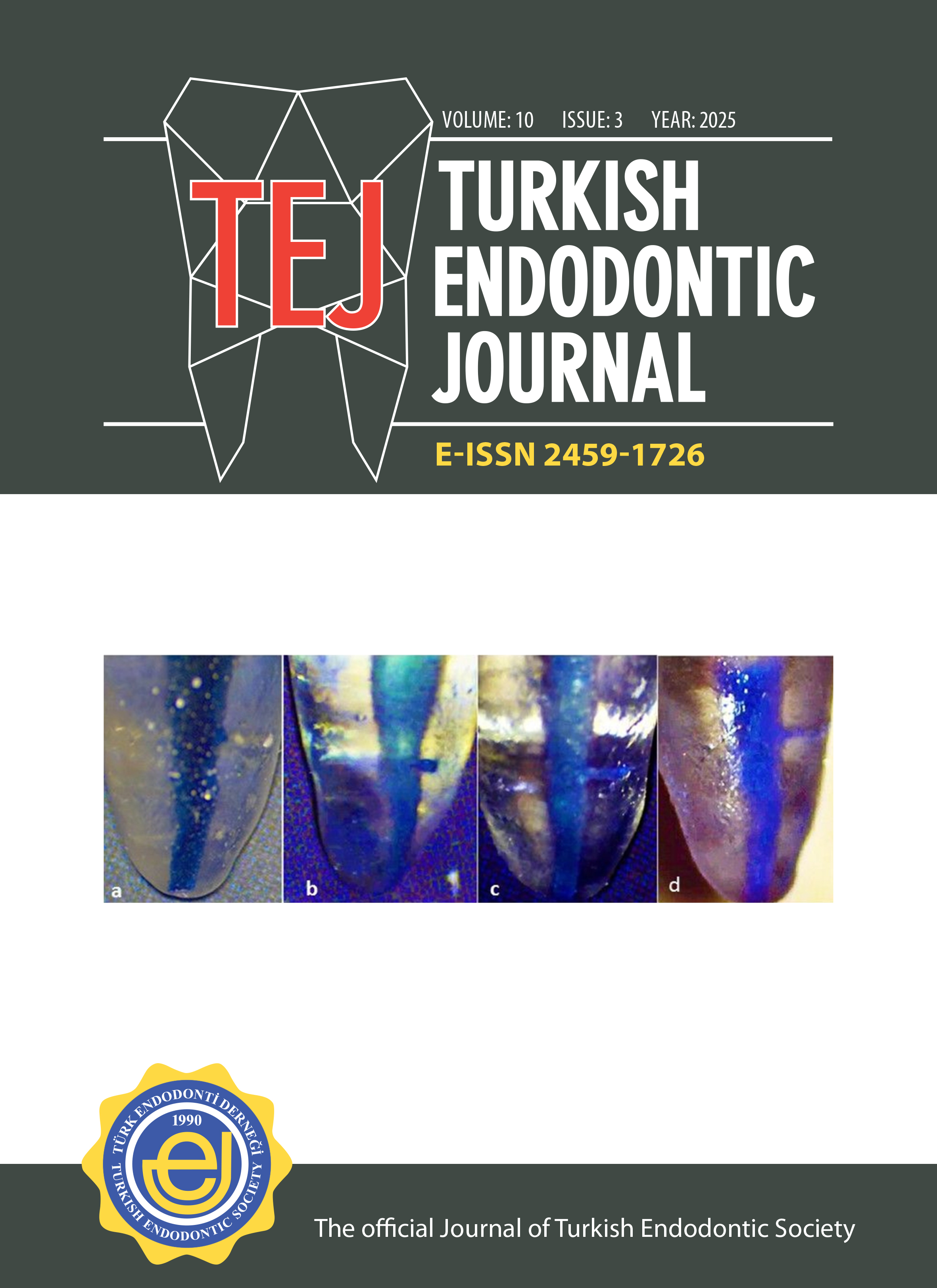Bending cyclic fatigue failure test, comparison of two motions: Continuous rotation versus reciprocating motion
Aline A Krah Sinan1, Nwon Marie Adou-Assoumou1, Stéphane Xavier Djolé1, Bernadette Brigitte Akon-Laba2, Franck Diemer3, Marie Georgelin-Gurgel31Department of Conservative Dentistry - Endodontics, Dental School, Abidjan, Ivory Coast2Department of Biology and Fundamental Materials, Dental School, Abidjan, Ivory Coast
3Dental School of Toulouse, CHU de Toulouse, 3 Chemin des Maraichers, Toulouse Cedex
Objective: In endodontic therapy, reciprocating motion is presented as being able to limit instrument fatigue. The aim of this work was to compare endodontic files used in continuous rotation during two types of motion: continuous rotation and reciprocating.
Methods: Seventy two instruments from six systems [MTwo (VDW), ProTaper (Dentsply-Maillefer), RaCe (FKG), HERO 642, HeroShaper, and RevoS (Micro-Mega)] were tested. All these instruments had a 6% taper, a size 25 tip, and a length of 25 mm, except the ProTaper, which was an F2. Each file was mounted on an i-ENDO Dual motor (ACTEON), then subjected to bending fatigue on a fatigue test bench composed of a hollow steel tube with a 60° bend, in which the instrument was set in either continuous rotation or reciprocating motion at the same speed. The time to fracture was recorded in seconds using a chronometer. Analysis of variance and a Wilcoxon non-parametric test with an alpha risk fixed at 5% were done.
Results: Reciprocating motion preserved the instruments better than continuous rotation did with significant differences (p<0.001).
Conclusion: Ni-Ti files break less fast in reciprocating motion than in continuous rotation.
Keywords: Continuous rotation, cyclic fatigue, failure, Ni-Ti, reciprocating, root canal shaping.
Manuscript Language: English



















